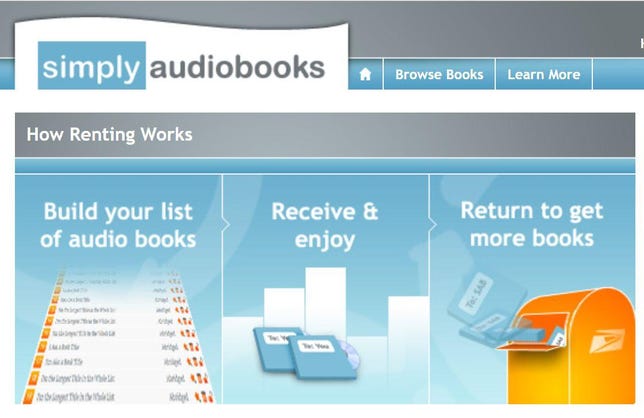Audiobooks are a great way to pass the time on long drives. Audiobook prices, on the other hand, are a great way to drain your wallet.
Want to listen to “The Martian” author Andy Weir’s new book “Artemis“? It’ll cost you $25.95 from iTunes in the US. And Audible (by way of Amazon) charges $34.95 for Stephen King’s newly rediscovered “It.”
Fortunately, good listening material doesn’t have to break the bank. Thanks to various resources and services, you can slash your monthly audiobook bill while actually increasing your consumption. Here are my five favorite options.
Audible
If you really like audiobooks, it’s hard to go wrong with an Audible subscription. It starts with a free book as part of a 30-day trial. After that, you can sign up for a Listener Gold plan at $14.95 per month (or $149.50 annually, which is like getting two months for free).
That gets you one credit per month, which is good for one audiobook — and big discounts on others. (The aforementioned Stephen King novel? It’s $14.95 if you’re an AudibleGold subscriber.) Just as important, Audible’s selection is pretty much unrivaled. If there’s a book available in audio form, chances are good Audible will have it.
eStories

 Enlarge Image
Enlarge ImageeStories has a huge catalog of audiobooks and costs less per month than Audible.
eStories
Born of the music service eMusic, eStories offers a substantial catalog — over 120,000 titles — and some highly competitive pricing.
The Basic plan, for example, nets you one book per month, but lets you roll over unused credits for up to six months. That’s a nice option if there’s a stretch when you don’t have time to listen or can’t find a book that interests you. Basic costs $11.99 per month, or $119.99 (equivalent to $10 per month) if you prepay annually.
The Plus plan is good for two books and costs $21.99 monthly or $215.90 annually. All of eStories’ plans afford 33 percent discounts on other books you wish to purchase, and the app can sync your stories across multiple devices.
Simply Audiobooks


Talk about old-school: Simply Audiobooks sends books by mail. On CDs.
Simply Audiobooks
When it comes to audiobooks, renting might prove a smarter option than buying. Simply Audiobooks works on the old-school Netflix model: the service mails you CDs, which you listen to and then mail back. Upon receipt, the next book in your queue is automatically sent.
That’s a great option for folks who like the simplicity of CDs or don’t want to deal with an app- or browser-based solution. The service offers a library of more than 50,000 titles.
Plans start at $19.98 per month, which lets you have one book checked out at a time. If you’re able to turn around, say, one each week, that works out to roughly $5 per book — a deal that’s darn near unbeatable.
Tales2Go


Tales2Go offers unlimited access to its library of kid-friendly audiobooks.
Tales2Go
This one’s just for kids — but what a great deal for parents. After a free 30-day trial, $99.99 annually buys unlimited access to Tales2Go’s library of more than 7,000 children’s books.
That catalog includes titles for all age groups, from toddlers to teens. And the app makes it easy for parents to find suitable books, allowing them to browse by age, grade level, topic, series and more.
Your public library
An undervalued and often overlooked resource, your local library probably stocks a decent selection of audiobook CDs. Sure, you have to drive there (twice — once to pick up, again to drop off), worry about late fees, and maybe sit on a waiting list for the title you want. But you can’t beat the price.
Even better, many libraries now let you check out audiobooks online and download them to your phone or tablet for listening on the go. You may also have the option of burning a book to CDs, which effectively gives you a permanent copy after the loan period has expired.
My library, for example, supports two different apps that both offer digital-audiobook loans: Hoopla Digital and Libby (formerly OverDrive). As with physical media, the selection can be limited — but I’ve found popular and noteworthy titles such as “Lincoln in the Bardo” and “The Nightingale.” (Your mileage may vary.)
Needless to say, the library should be your first stop if there’s a particular book you want to hear — because why buy when you can borrow?
Have you found another good source of cheap or free audiobooks? Tell me about it in the comments!
Update, Jan. 18: This post was originally published on Feb. 4, 2012, and has since been updated.



